Thypoch’s New Collapsible Eureka 50mm f/2 Lens Exudes Vintage Style
![]()
Chinese lens maker Thypoch, known for its Simera 28mm f/1.4 and 35mm f/1.4 lenses, has announced its second lens series: Eureka. The inaugural lens in the series is the Eureka 50mm f/2 prime lens for Leica M-mount cameras.
Although only natively available in M-mount for now, photographers need only look at the Simera’s recent arrival on E, Z, and X mounts to know that Thypoch could expand the Eureka lens beyond M-mount at some point. That said, the company acknowledges lens mount adapters and says the Eureka 50mm f/2 is compatible with the 44 x 33-millimeter image sensor in the Hasselblad CFV100C camera, ensuring image area coverage across the full 100-megapixel image sensor. That’s a rather large image circle.
The Eureka 50mm f/2 is also interesting by virtue of its design, as it is a modern retelling of the Leica 50mm f/2 Summicron Collapsible lens released in 1953. The lens’s minimum length is 27 millimeters (1.06 inches), and when extended, it is 41.2 millimeters (1.62 inches) long.
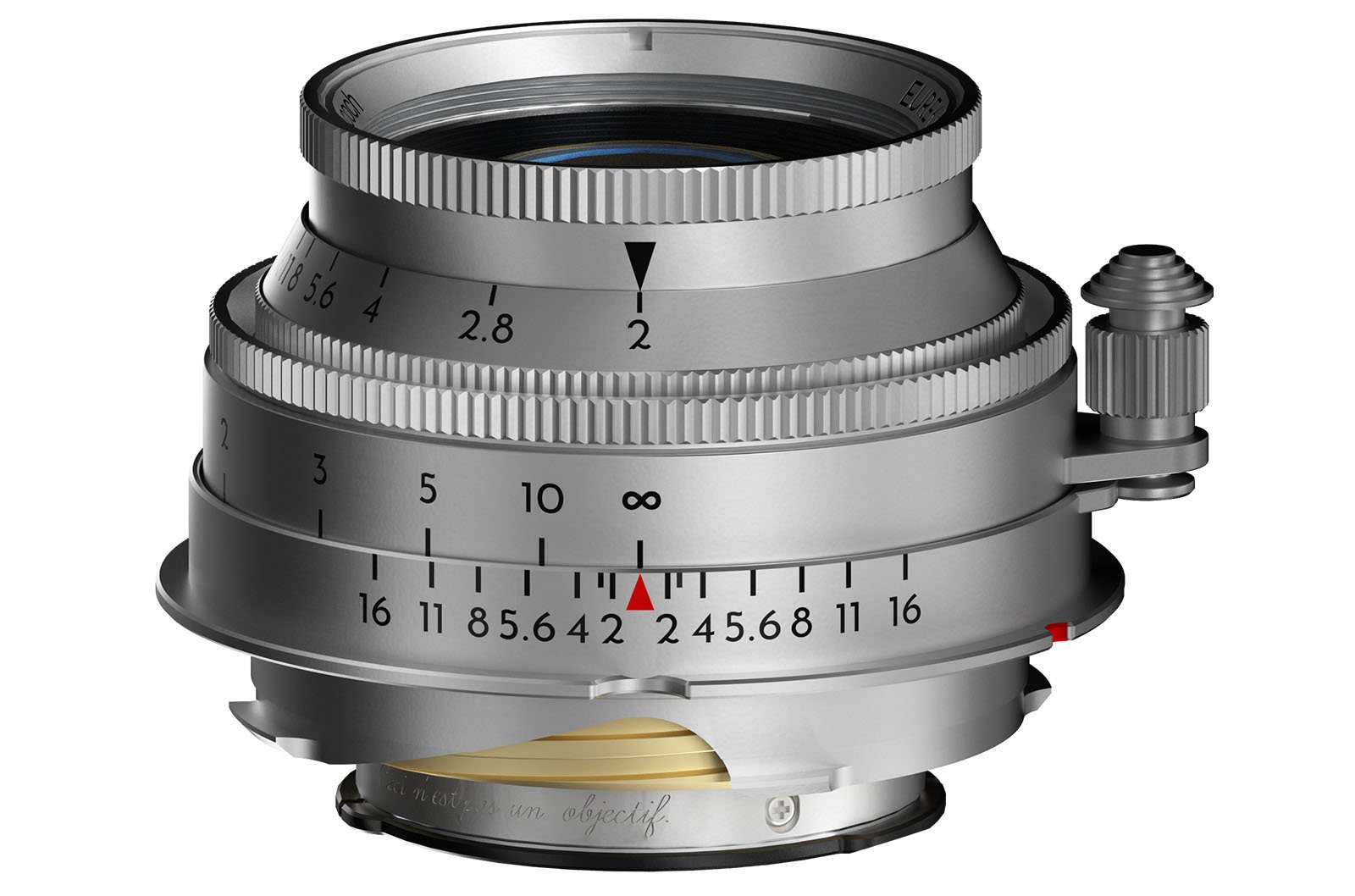
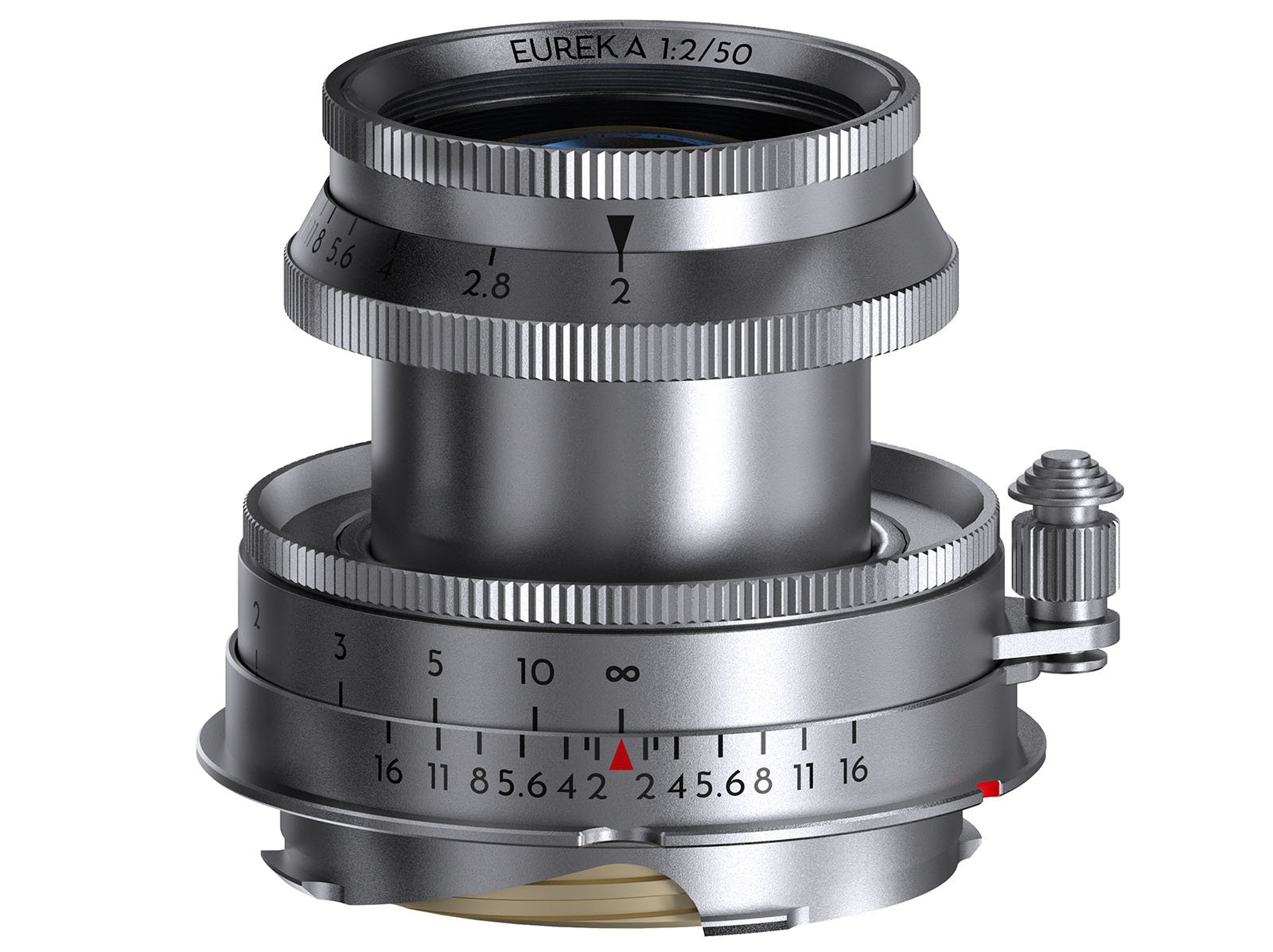
As for its optical performance, Thypoch promises edge-to-edge sharpness thanks to the 50mm’s double gauss structure. The asymmetrical formula includes six lens elements arranged across four groups, which are split into a pair of separate front and back sections. The lens includes a single ED glass element to correct chromatic aberrations and a high refractive index (HRI) element to combat field curvature and spherical aberrations. Thypoch says the lens is “sharp,” even when shot wide-open at f/2.
![]()
The lens maker also promises pleasing bokeh thanks to a 12-blade aperture diaphragm. “[The] Eureka 50mm f/2 guarantees circular and aesthetically pleasing bokeh, creating a dreamy and poetic atmosphere,” Thypoch says.
There’s a clear focus on blending vintage design and style with modern imaging performance. The lens looks like it is straight from the 1950s.
Based on sample images provided by Thypoch, it appears impressively sharp and full of character. Part of the appeal of a vintage-style lens is that it produces images with a certain classic look and feel.
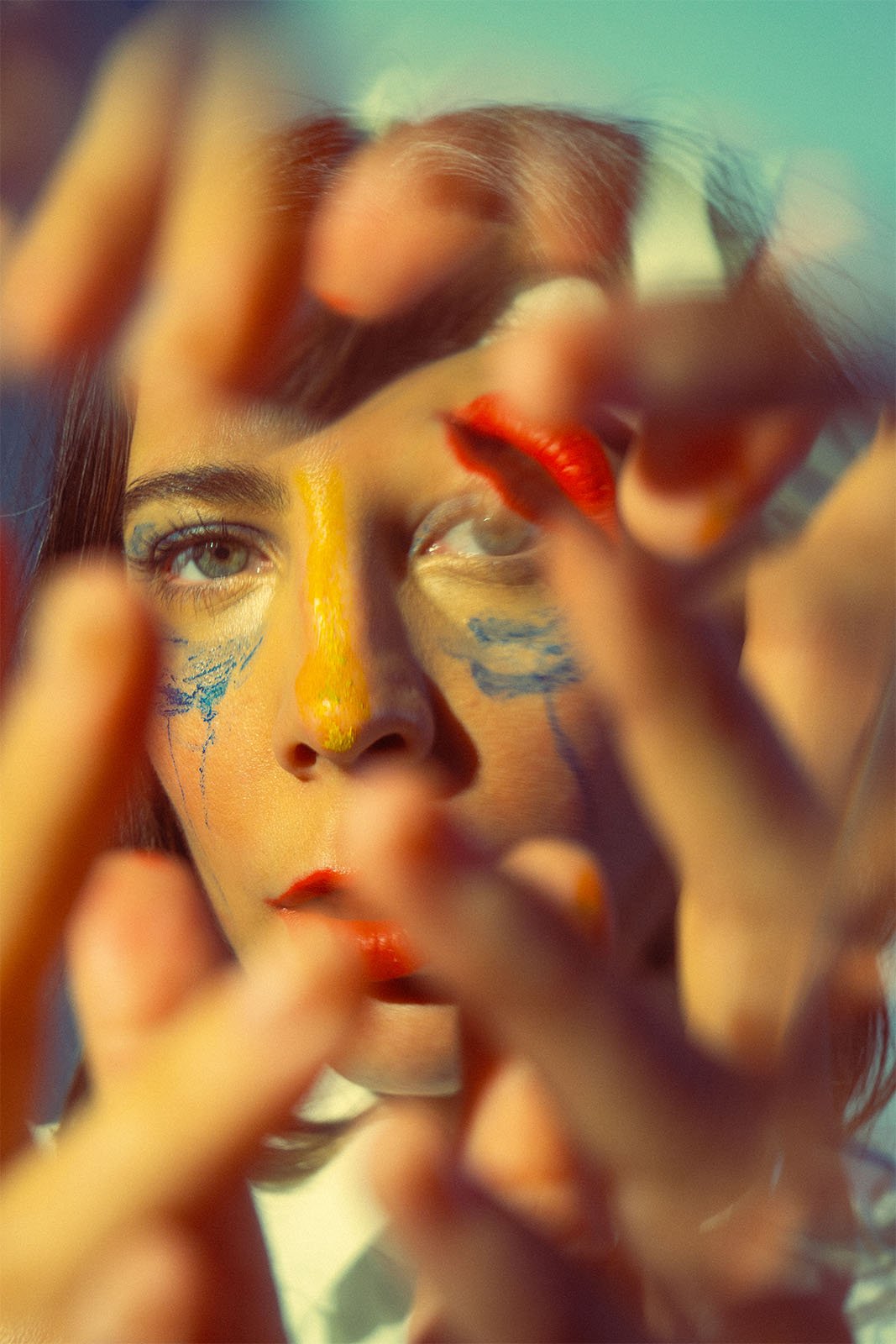
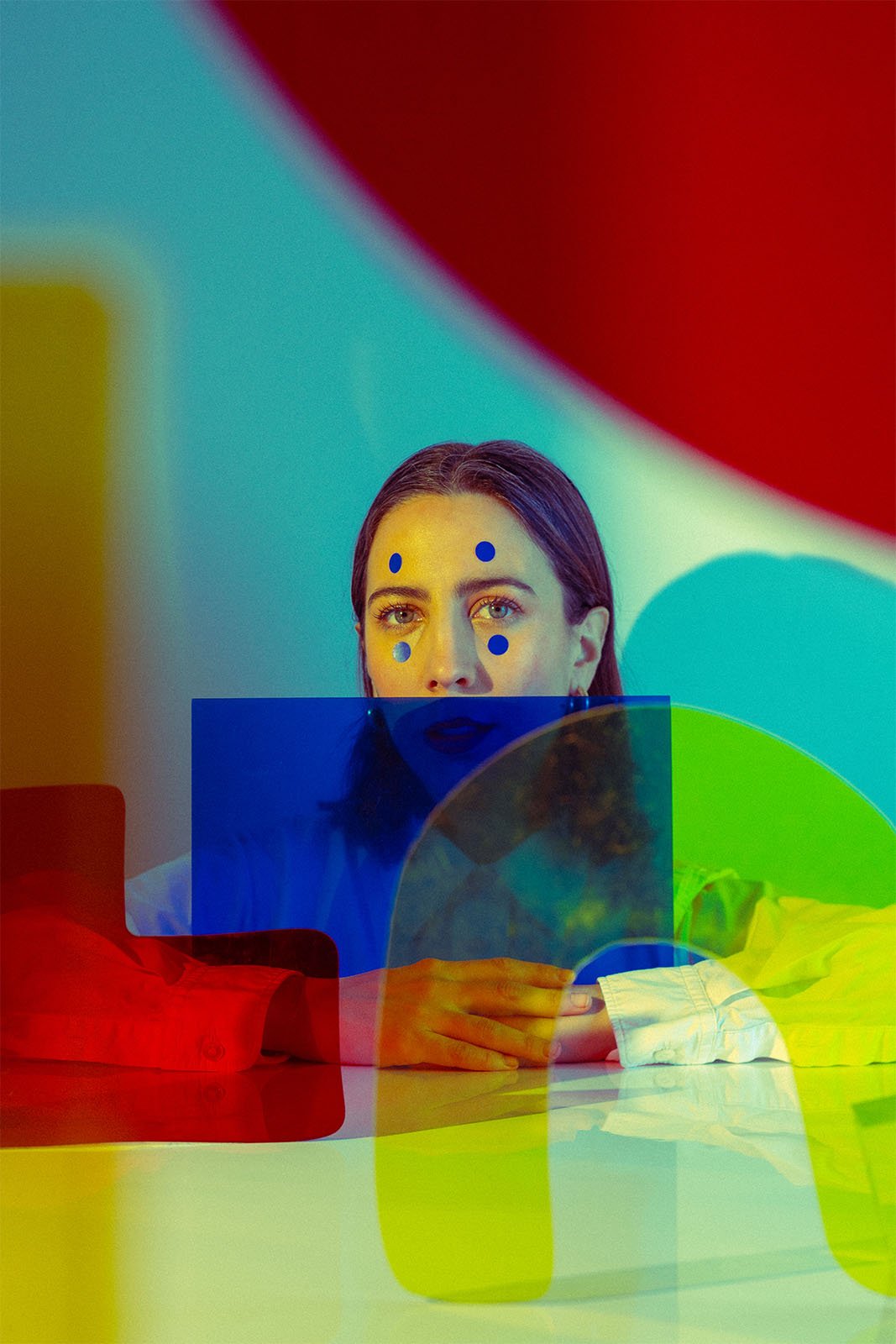
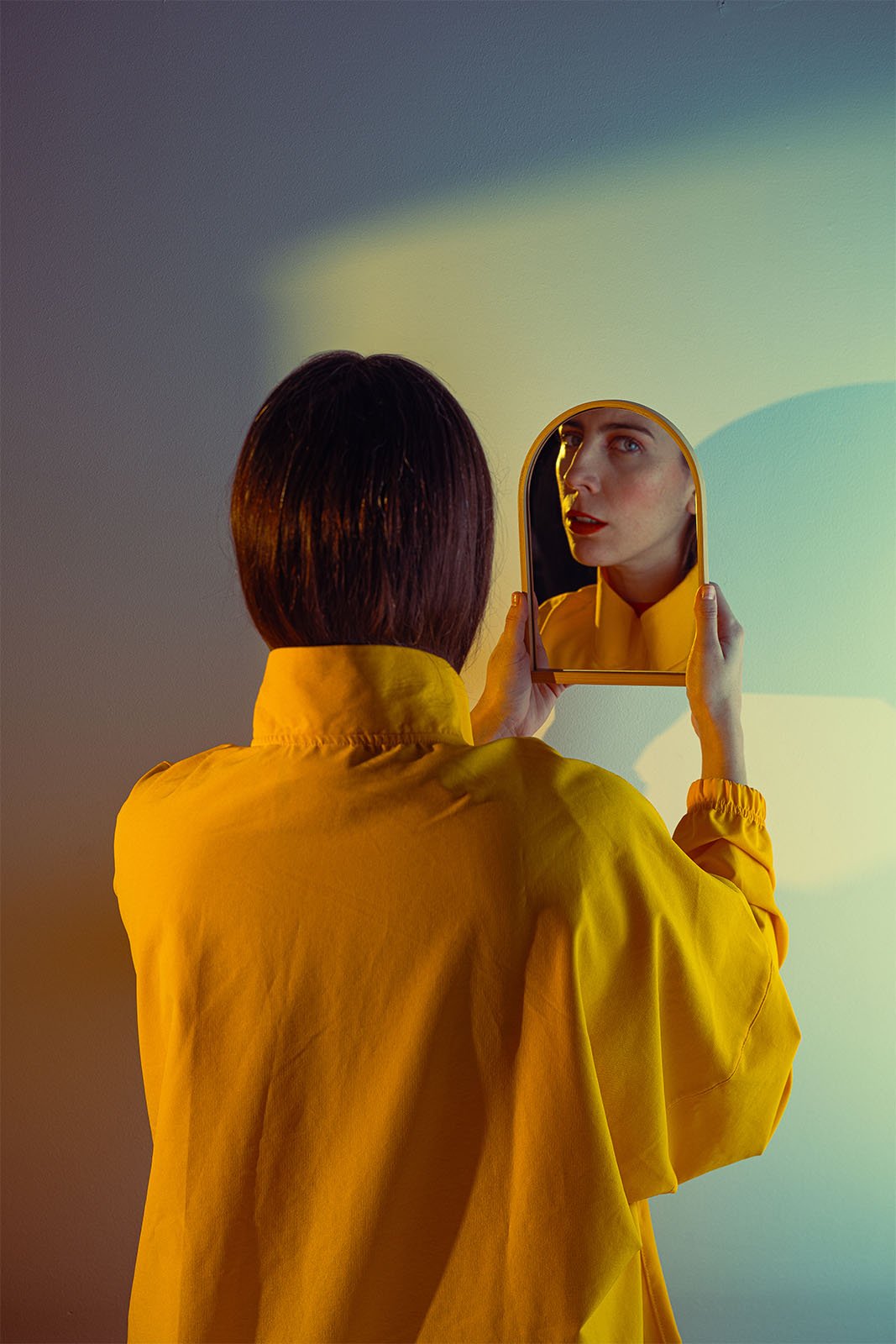
“Eureka 50mm f/2’s nod to historical craftsmanship not only awakens the imagination of those yearning for the golden era but does so with a modern twist that enhances usability without sacrificing quality or aesthetic appeal. Its compact design enhances convenience for on-the-go photography,” says Thypoch.
![]()
Pricing and Availability
The Thypoch Eureka 50mm f/2 is available to order now and comes in two versions. The lens built using aluminum is lighter and cheaper. It weighs 120 grams (0.3 pounds), and costs $579. There is also a brass version, a darker, heavier metal. It weighs 230 grams (0.5 pounds) and is available to order for $859.
Image credits: Thypoch